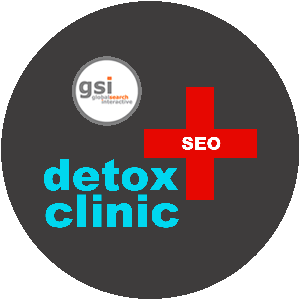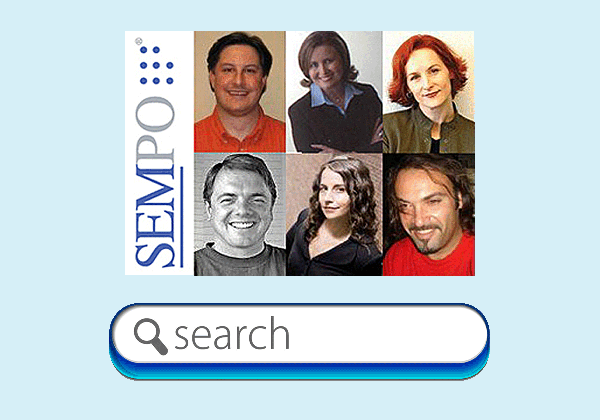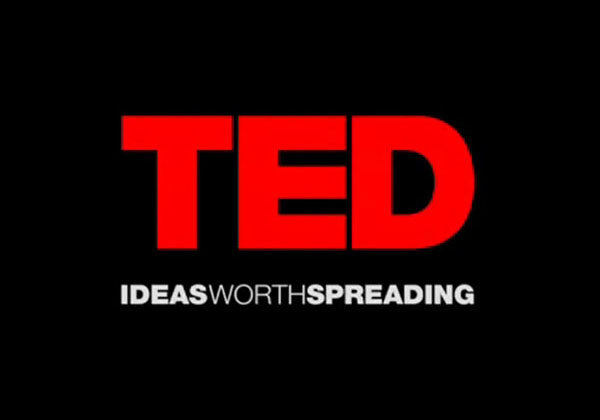
SEO DETOX: How to Safely Switch from SEO to a Social Media Mindset
by Massimo Burgio, November 2012
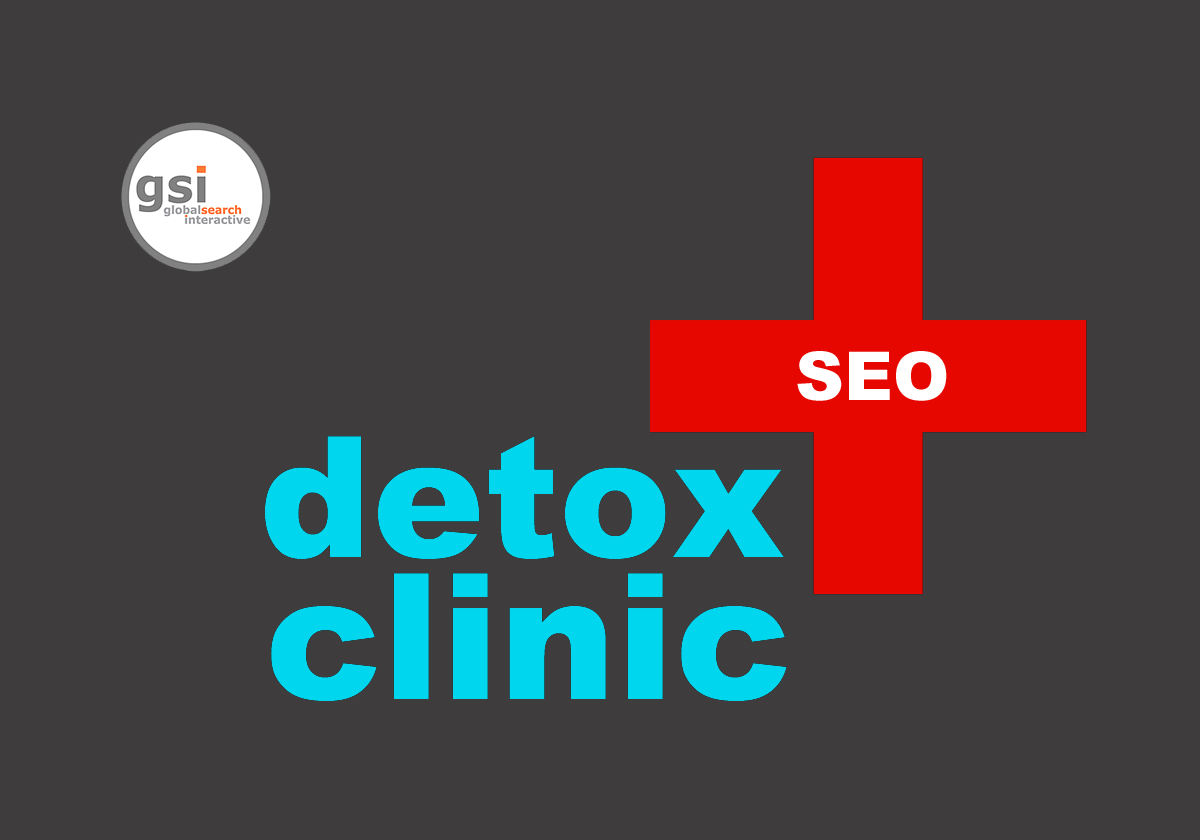
SEO Detox Clinic is a funny idea I had after a chat with SEO friends at the Search Engine Strategies New York conference. It started as a pub joke after a full day of SEO conferences at SES NY, and in less than a couple of beers the original joke turned into a full “12-step program” for SEO-addicted who want to “get detoxed from the SEO obsession”, and move to an healthier, social media oriented mindset.
The idea is that the SEO Detox Clinic can help “detox” from SEO stereotypes, helping online marketers understand that the baseline of skills and experience needed for SEO is also the same skill set needed for SMO (Social Media Optimization). Which is only a third of the work needed for successful social media marketing initiatives, by the way – the other two parts are a solid content strategy, and consistent social media engagement.
Right after the New York conference I flew back to Europe to speak at another search engine marketing event in Sweden, SMX Stockholm. I arrived in Stockholm with the “SEO 12 steps” still fresh in mind, so I decided to put together a quick last minute presentation about the SEO Detox Clinic for my speech, instead of using the social media optimization presentation I had prepared in advance.
SMX Stockholm has been the first event where I used the 12-step detox metaphor to deliver the concept of social media optimization as an evolution of SEO. The audience loved it, and since then I have included the SEO Detox slide (the one here on this page) in dozens of presentations for search and social media conferences and training sessions.
The 12 steps of the SEO Detox Clinic:
1 – Forget your website
Of course you don’t have to forget about your website – the message here is that to succeed in the social media arena it is not necessary to have an optimized website, but an intense optimization of “things” that are outside of your hosted domain. It is more and more important to start paying attention at the (optimized) content, the engagement strategies and the social initiatives that will live “elsewhere on the web”. For hard-core SEO, obsessed with the constant fine tuning for authority, performance, and ranking of each single page of their websites this can be a bit of a shock.
2 – Forget PageRank
PageRank is dead. No, it’s not. There is a lot of confusion about it in the search engine marketing world. Google’s “first house ranking parameter” (developed by Google founder Larry Page, hence the PageRank name) has been declared “dismissed” in 2009 by Google. In reality, PageRank’s parameters still form part of the complex search algorithm used by Google – but after all the changes the algorithm has been going through (including the “big ones” like Panda and the more recent Penguin update), we can definitely consider closed the “era” of PageRank. Not to mention that social media is here to strike it all with social signals (likes, shares, re-tweets, +1s), content freshness and frequency, and publisher authority are more and more responsible for the ranking opportunities to any “piece” of content. Today even a tweet or a YouTube video can rank higher than an established and very well optimized web page, if well supported by “social relevancy”.
3 – Tags are more important than metatags
While some meta tags like title and description are always of paramount importance for the optimization of any web page, the use of the classic “meta keywords” tags is now not so important for search engines’ algorithms. On the contrary, all tags included in social media content, such as blog tags (and categories), pictures, video tags, #hashtags and more “tagging” elements of social content are fundamental to have such content not only well indexed, but also more pervasive on the web.
 This section of the site used to be active as a blog, but we stopped blogging at the beginning of 2013. This article is a couple of years old, but we think that its insight still provides value, so we included it in our new site as an “online marketing resource”. A sort of oldies but goldies.
This section of the site used to be active as a blog, but we stopped blogging at the beginning of 2013. This article is a couple of years old, but we think that its insight still provides value, so we included it in our new site as an “online marketing resource”. A sort of oldies but goldies.
We apologize if some references are not very updated. We “remastered” the blog posts to fit the new GSI site design, and included some updates when republished the content, but we also decided to leave the blog posts mainly untouched, as they represent a sort of “family photo album” for us.
Thank you for reading our blog, and for following GSI. We hope you like this article, feel free to share it.
[social_share/]
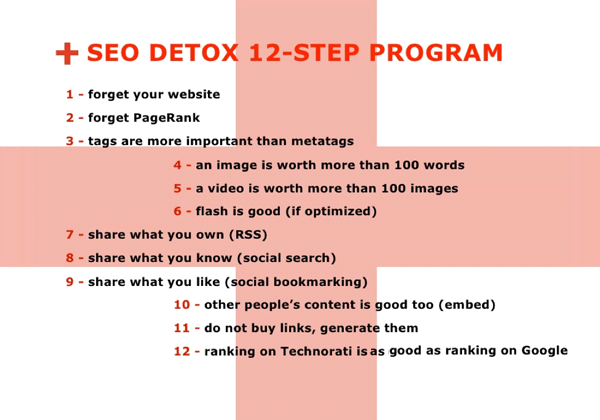
4 – An image is worth more than 100 words
In a more and more “visual” web, the impact of a powerful image, and its sharing potential, can generate more value than 100 words – even if keyword-rich. Users tend to scroll news feeds fast, so even on social networks it’s always advised to use an intriguing image to reinforce a tweet or a status update. The cognitive impact of that image in the news feed will “steal the show” to other, non visual, content – and it will have more chances to generate engagement, and to be seen in the first place. Don’t forget that among the most popular social networks there are social those entirely dedicated to images, such as Flickr, Pinterest, 500px.com or Pictify.
5 – A video is worth more than 100 images
Sure, images. But with the rampant rise of YouTube, Vimeo and other video portals, as well as the growing use of video sharing on other social networks, like Facebook and Twitter, but also LinkedIn and Google+, online videos are more and more important to generate interaction and engagement. Also, videos can be perfectly optimized for search engines not only by properly add keyword-rich titles, descriptions, links in descriptions and optimizing the media file itself, but also by leveraging important online video features such as “in-video” links and annotations. Also, integrating in the video description a full transcript of the audio/print content of the video, such as written or spoken messaging will really help boost the indexability of the video content. One very short video can tell a very long story that 100 images probably won’t be able to convey.
6 – Flash is good (if optimized)
Flash technology used to be the “fancy” standard to build “cool sites” with rich interactive animations at the end of the ’90s and up to the beginning of the 2000s, before Google came in and changed the rules of the game. Those rich Flash websites where in fact created by one single big “movie file” (or sometimes more than one in the same Html page) containing it all – design, interactive elements, and text content. At that time Google’s technology was not able to “read” the informations contained in such files (.swf), so the Flash technology has been abandoned for site building (and “demonized” by the SEO community), to adopt more “indexable” site architectures. Same destiny for Frames technologies. Today the scenario is completely different. Flash files can actually be optimized for search engines, like all other multimedia files, and search engines can now index such content. And a site built with “regular” optimized architecture and content, can certainly include elements in Flash – such as call to action or other elements of interactivity – without compromising the indexability of the website. Flash is dead, long live Flash.
7 – Share what you own (RSS)
Stop “bunkering” your content on your website, and being so “jealous of your belongings”. We live in the era of the shared content, so go ahead and share yours. Not just by publishing it on social networks, but enhancing its reach by “letting it go around”. If your site uses RSS you can optimize its feed(s), submit feeds to RSS feeds directories, and include them in other publications such as blogs, websites, newsletters or RSS aggregators. Make your content go around – you can only gain in additional traffic and, if the content is right, also in authority.
8 – Share what you know (social search)
It’s not just about optimizing your own web presence – it’s about building a better web. Share your knowledge and offer it on the web, even if not on your site, and even if you cannot put backlinks to your site. Contribute and refine content on Wikipedia, add tags to media you find untagged, share valuable comments on blog, join conversations in forums, add +1s to valuable search results… All this will contribute to build a better, more indexed and searchable web, and you will help social search grow, in the direct way once highlighted by search marketing guru Chris Sherman, who described social search as “people helping people finding stuff”.
9 – Share what you like (social bookmarking)
People discover interesting, inspiring, valuable content on the web every day, and tend to save it to be able to retrieve it later. Sure, we are talking about bookmarks, but not those stored in computers’ browsers. The one we are taking in consideration are the new generation of “bookmarks on steroids”, that include Pinterest, and of course Delicious. The practice of social bookmarking is really helping the growth of social search.
10 – Other people’s content is good too (embeds)
You don’t have to kill yourself into content production, specially if you don’t have the budget, the resources, or the capabilities to produce multimedia content, and this extends not just to video production, but also to article creation, infographic design and more. Curating other people’s content can also make you gain traffic and, most of all, authority. Sharing on social networks an interesting or inspiring article, picture or video (in case of videos, also including them in playlists) or, even better, embedding such media on your site, can help you develop great content around the media itself, without having to incur in the expenses of rich content production. Sure, you will not be the author of the “center piece” (don’t forget to attribute copyright to the source) but, if you can build up value around that piece, your final, remixed content can even gain more traction than the original content.
11 – Do not buy links, generate them
One word: Panda. Google’s Panda is one of the most important updates to the search engine’s proprietary algorithm, and it’s also the end of unethical link building. Its main goal has been cutting off the search results not only “spammy” link farms, but also penalizing sites that received links by such link farms. Creating fake authority for a site doesn’t work for humans neither – sites with no relevance might appear in high rankings on search results, but won’t deliver any value to the user, and generally show a very high bounce rate. Sure, the spammer used to make money with banners impressions, but now Panda took care of it. You can generate links in a more organic way, and your best choice is to create good content that users can find valuable. If your content is valuable, thanks to social shares, mentions, and link pointed to your content by websites and blogs, your site will gain “organic” link authority and traffic. Not enough traction? Did you really tried social media, in an optimized way? If your content is not working on social media then either your content is weak and you need to work a bit on it, to more to make it more engaging – or you are targeting the wrong target. Still need an organic media boost? Try online PR.
12 – Ranking on Technorati is as good as ranking on Google
This is just a metaphor, because good blogs with authority that are well indexed by Technorati generally ranks also pretty well on Google Search. The real meaning of this closing, final step of the SEO Detox Clinic, is that if you engage properly in the social space, building and participating to communities and conversations, you can also live with a non-optimized website on the side. You will be able to convey plenty of traffic from your social media marketing initiatives, even if you don’t get much traffic from organic search. Sure, getting traffic also from Google Search and showing with a decent authority on search results is also important, and if your website gets both – the organic and the social – then you are doing an excellent job with your online marketing!
